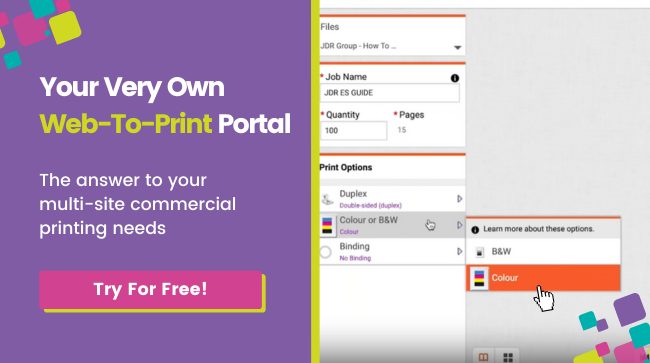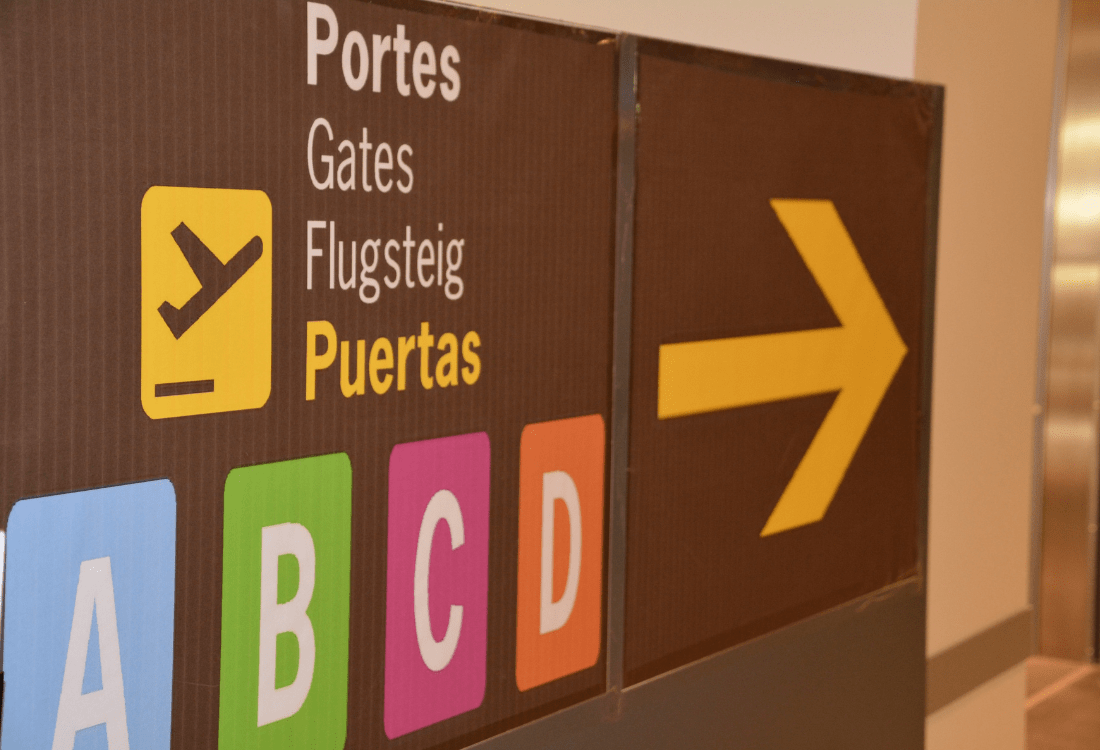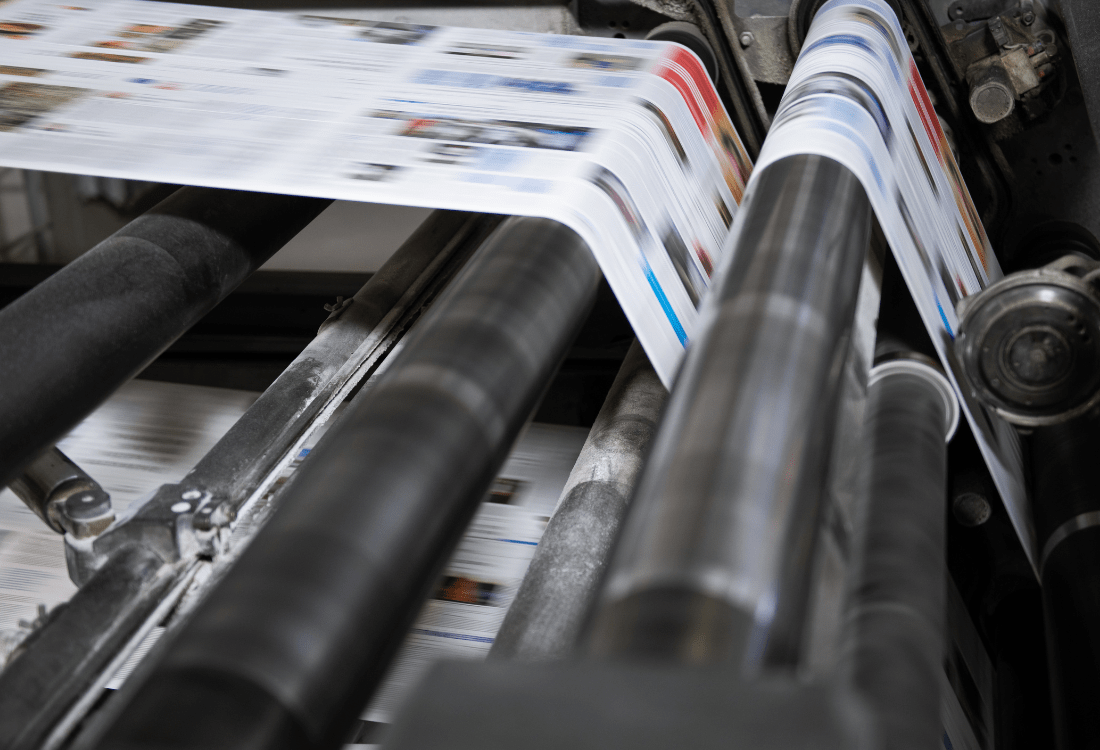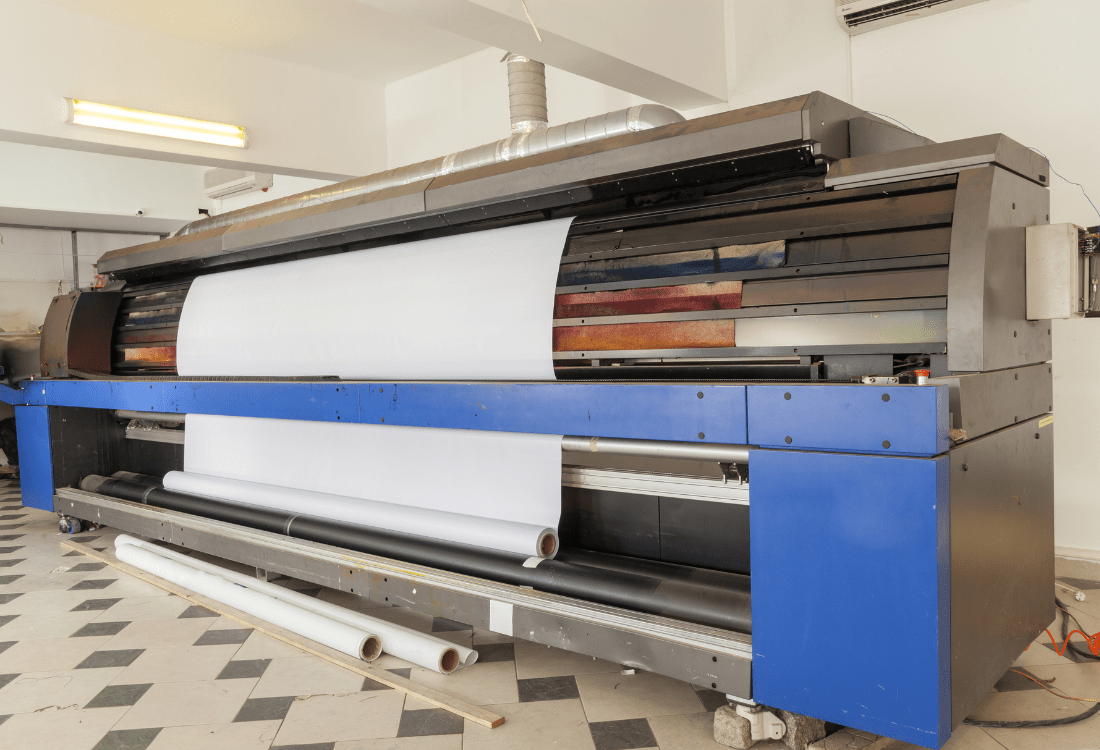Latest News
Exploring Advanced Printing Techniques With Thomas Leach Colour
Ink & Ingenuity
Exploring Advanced Printing Techniques With Thomas Leach Colour

In the historic town of Abingdon sits a printing institution synonymous with quality and tradition – Thomas Leach Colour. With over a century of experience under its belt, this printing company has witnessed the evolution of printing techniques and has been at the forefront of integrating advanced technology with time-honoured craftsmanship.
Join us as we delve into the world of ink and ingenuity to explore the advanced printing techniques that set Thomas Leach Colour apart in the industry.

A Canvas Of Innovation
The journey of innovation at Thomas Leach Colour is one painted with bold strokes of creativity and precision. Harnessing the power of cutting-edge technology, the company has mastered a myriad of printing techniques, each tailored to bring a unique texture, finish, and vibrancy to every project. From digital printing and lithography to large format and sign printing, Thomas Leach Colour blends tradition with technology to create prints that tell a story.
Digital Mastery
In the realm of digital printing, Thomas Leach Colour stands as a beacon of excellence. Utilising state-of-the-art equipment, the company achieves unparalleled accuracy and consistency, ensuring that every hue pops and every detail is crisp. The digital mastery at Thomas Leach Colour allows for personalised prints, short-run projects, and variable data printing, offering a versatile solution for clients seeking quality and flexibility.
Lithographic Legacy
Lithography holds a special place in the heart of Thomas Leach Colour. This classic printing technique, revered for its ability to produce detailed and vibrant images, is kept alive by the skilled artisans at the company. The amalgamation of modern enhancements with the traditional lithographic process results in prints that are not only visually stunning but also imbued with a sense of heritage and authenticity.
Sustainable Solutions
In a world increasingly conscious of its environmental footprint, Thomas Leach Colour is committed to sustainable printing techniques and practices. The company employs eco-friendly inks, recycled materials, and energy-efficient processes to minimise waste and reduce its impact on the planet. 117 rooftop solar panels, covering 280m², produce 58.7 kWp of electricity - enough to power 17 three-bedroom homes. This dedication to sustainability does not compromise quality; instead, it adds an extra layer of value to the prints, making them a choice that both the client and the Earth can be proud of.
Crafting the Future
As Thomas Leach Colour continues to explore the frontier of printing technology, the company remains rooted in its values of craftsmanship, quality, and innovation. The fusion of ink and ingenuity at Thomas Leach Colour is not just about creating prints; it’s about crafting experiences, forging connections, and making a lasting impact.
Join us on this colourful journey as we continue to push the boundaries, explore new possibilities, and redefine what it means to bring ideas to life through the art of printing. At Thomas Leach Colour, we believe that the blend of tradition and technology, coupled with creativity and sustainability, is the recipe for print perfection.
Get in touch with our team today to experience the pinnacle of printing for yourself.

Image Source: Canva
Efficient Holiday Marketing: Using Web-To-Print For Seasonal Promotion

During festive periods, businesses brace themselves for a surge in demand at peak times of the year. Waiting for the customers to pour in through the door is a risky strategy, however, so print marketing remains as important as ever.
How Airports Can Benefit From Print-On-Demand

A print on demand service (POD) allows airports to create high quality customised printed materials on demand, strengthening efficiency and improving your passenger experience.

How Schools Can Save Money On Promotional Materials

School promotional materials can be time-consuming and resource-intensive to produce on-site, and in most cases, staff time can usually be deployed more efficiently elsewhere.

How Estate Agents Can Benefit From Print-On-Demand

A print-on-demand service (POD) gives estate agents an efficient and cost-effective way to produce marketing materials, stationery, and brochures without the need for large print runs or storage.

How Commercial Marketers Can Maximise Their ROI With Commercial Print

For thousands of UK SMEs, direct marketing is the most efficient and cost-effective way of making sales, connecting them with new and existing customers. The same is true for countless charities and campaigning organisations, for whom direct mail remains a central part of their individual giving strategy.

How Does Our Print Fulfilment Storefront Make Printing Convenient?

Traditionally, print fulfilment typically involved the bulk printing of materials – such as leaflets, sales brochures, direct mail, and so on – based on predetermined quantities and forecasts. Most print fulfilment businesses required large print runs to achieve cost efficiency, with printed materials stored, often at a warehouse on the customer’s behalf, until they were needed.